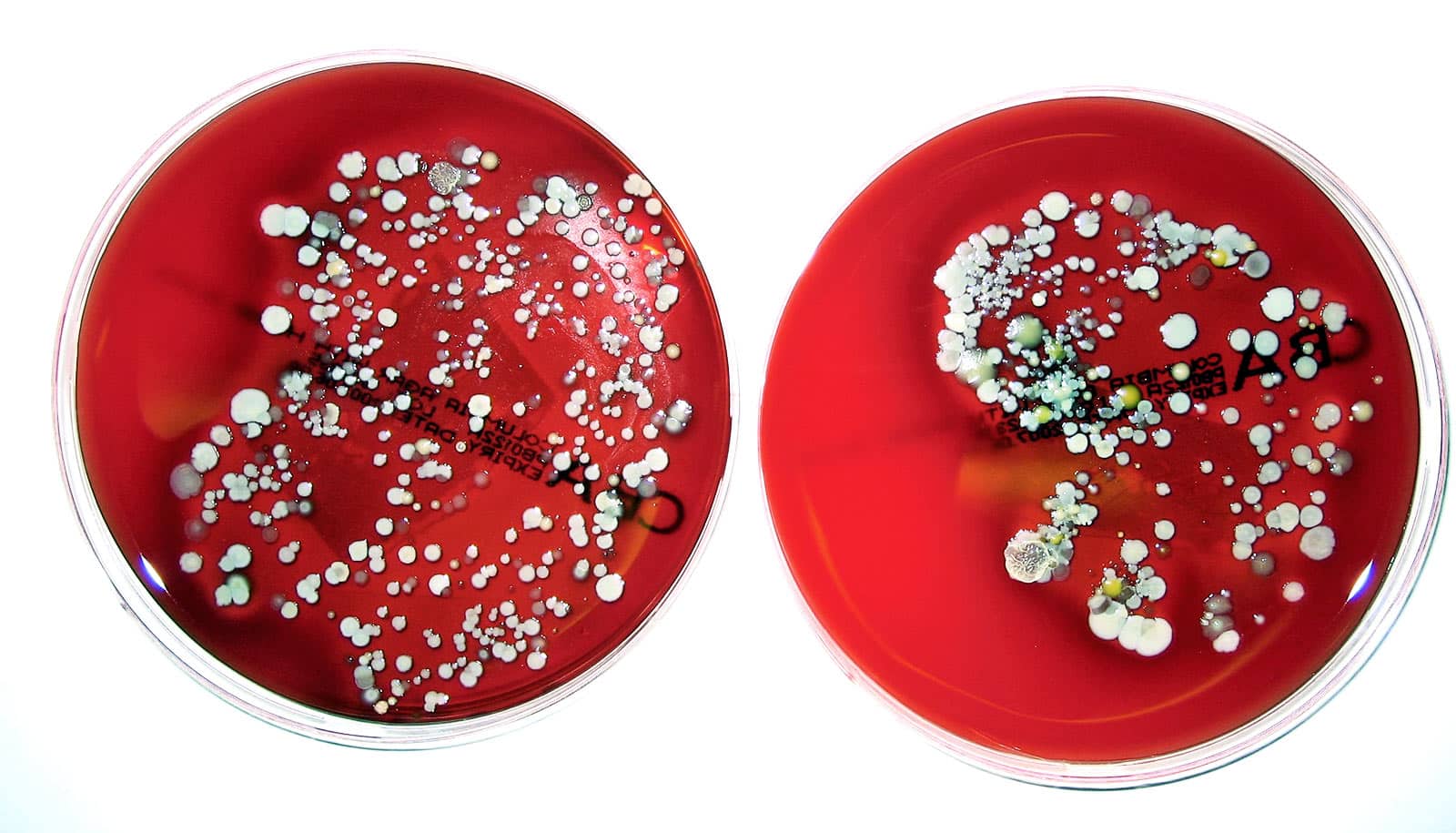Researchers have developed a new method for analyzing the signaling molecules of staphylococci.
Greater knowledge of how staphylococci communicate with each other may make it possible to prevent them from causing infections, regardless of whether or not they are resistant.
Staphylococcus bacteria is the leading cause of skin infections. Methicillin-Resistant Staphylococcus Aureus (MRSA) is especially problematic, as even minor infections can have severe health consequences, including blood poisoning.
“The signaling molecules tell us how staphylococci communicate and when they shift from harmless colonization to a condition where they are dangerous…”
Signaling molecules the staphylococci produce themselves control the ability to cause disease in humans of both harmless and antibiotic-resistant staphylococci. There are many indications that the communication between these signaling molecules affects MRSA bacteria’s ability to cause infection.
The new method offers far greater understanding of the signaling molecules of staphylococci.
“This method enables us to determine exactly what staphylococcus signaling molecules look like. The signaling molecules tell us how staphylococci communicate and when they shift from harmless colonization to a condition where they are dangerous and produce toxins resulting in infection,” says Hanne Ingmer, a professor from the veterinary and animal sciences department at the University of Copenhagen.
For about 20 years, researchers have known that staphylococci communicate with each other through chemical transmitter substances called autoinducing peptides. AIPs are only found in very small concentrations around staphylococcus bacteria, and they vary greatly in composition. Therefore, it has been difficult for researchers to study them more closely.
“Using chemistry, mass spectrometry, and gene sequence analysis, we have developed a method that enables us to efficiently and easily ‘fish’ for and extract these AIPs from very complex mixtures. This way, we are able to increase the very small amounts of AIPs so we can detect them with standard equipment and further study them,” says coauthor Christian Adam Olsen, professor at the drug design and pharmacology department.
Until now, researchers had only identified around 10 of these AIPs. Using the new “fishing method,” the researchers have more than doubled this number. The more signaling molecules they can identify, the better scientists will be able to determine how and why staphylococci cause infection.
“We are far from treatment in humans, but along the way we hope to conduct trials on animal models. It is still too early to say whether we can reprogram the staphylococci bacteria with modified AIPs in a way where they no longer attack humans by producing toxins,” says Olsen.
The study appears in Nature Chemistry.
Source: University of Copenhagen



